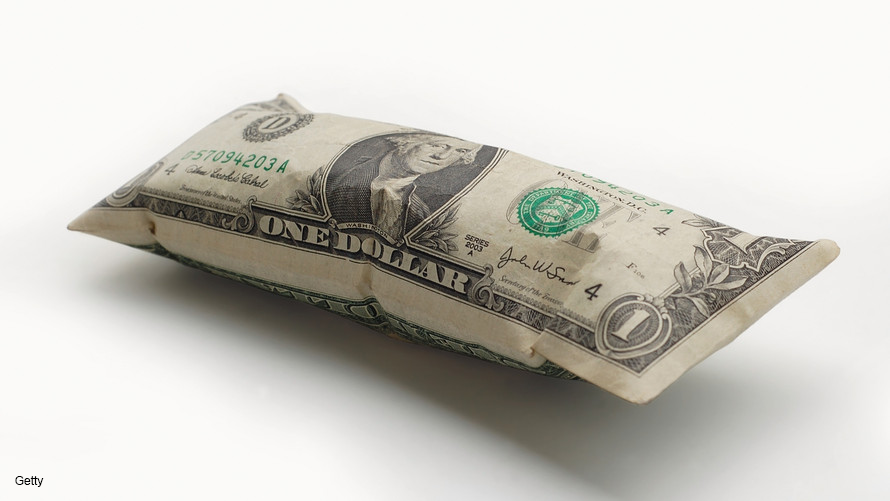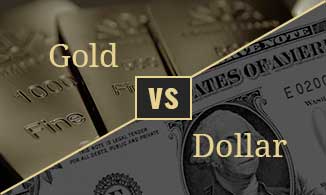
‘The modern equivalent of Bread and Circuses to sate the masses’
To those pinning the recent spikes in stock-market volatility on inflation and, specifically, higher wages, Barry Ritholtz of Ritholtz Wealth Management wants you to take a close look at this chart:

As Ritholtz points out, the two big outliers to the upside are health care and college. On the flip side, clothes, cars, TVs and technology, in general, showed disinflation or outright deflation in prices.
“Wages have barely ticked over the median inflation measure,” he said, “but that did not stop some people from blaming the correction on rising wages.”
Ritholtz says “we are a long ways” from the wage push inflation of the 1990s, although he does expect wages to tick higher, just not enough for the Federal Reserve to take any drastic action.
“Reading the pundits, I cannot tell which fate awaits us: the robot-driven apocalypse where we are all out of work, or the inevitable spike in wages that sends rates much higher and kills the market,” he wrote in a blog post. “Perhaps both — higher wages sends employers into the waiting arms of our automated future.”
Mark Perry, econ professor at the University of Michigan and the man behind the Carpe Diem blog, created the chart and posted it on Twitter, where it was hailed as “stunning” and “one of the most important charts about the economy this century.”
One Canadian used it to take a jab at socialism:
 Another pointed to the cost of necessities surging and the cost of luxuries dipping as “the modern equivalent of Bread and Circuses to sate the masses.”
Another pointed to the cost of necessities surging and the cost of luxuries dipping as “the modern equivalent of Bread and Circuses to sate the masses.”
The Dow Jones Industrial Average DJIA, -0.84% just finished off its worst monthly performance since January 2016, and March has kicked off with declines as investors digest the news that the U.S. plans to impose tariffs on steel and aluminum imports. Both the Dow and the S&P 500 SPX, -0.95% are coming off their third straight session with a 1% decline, their longest such streak since January 2016.
Fear is in the air, but investors should take a deep breath, according to Gregory Daco, chief U.S. economist at Oxford Economics.
“You can have firmer inflation without inflation spiraling out of control,” he said. “It’s not something to be terribly worried about.”
By
SHAWN LANGLOIS
MarketWatch






